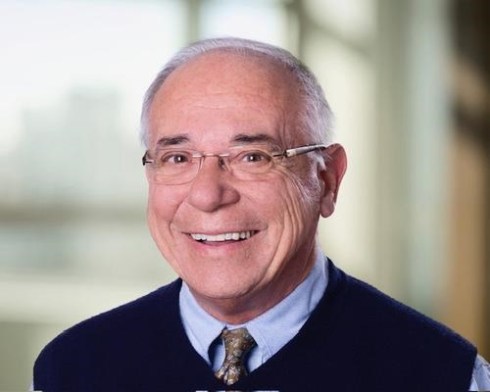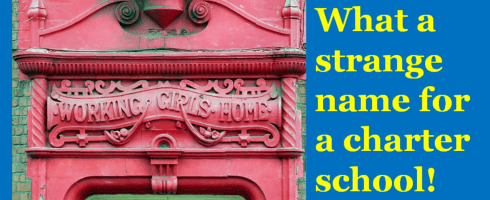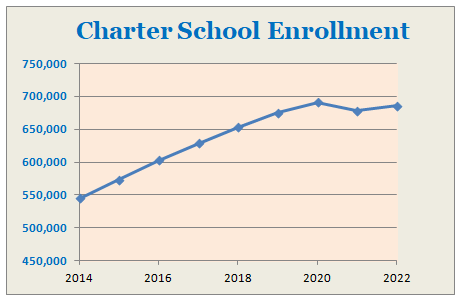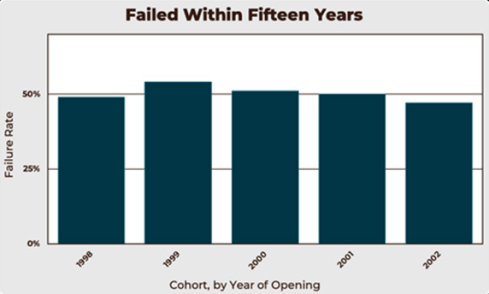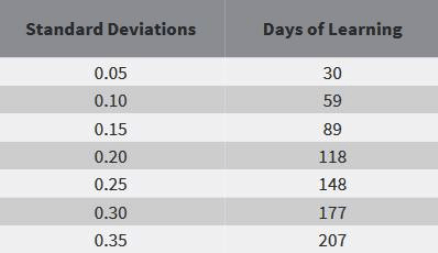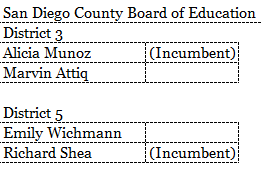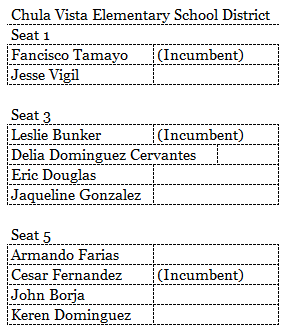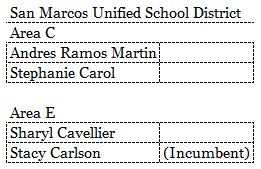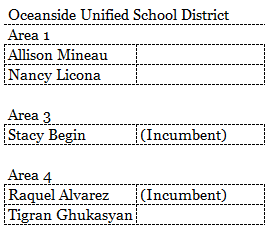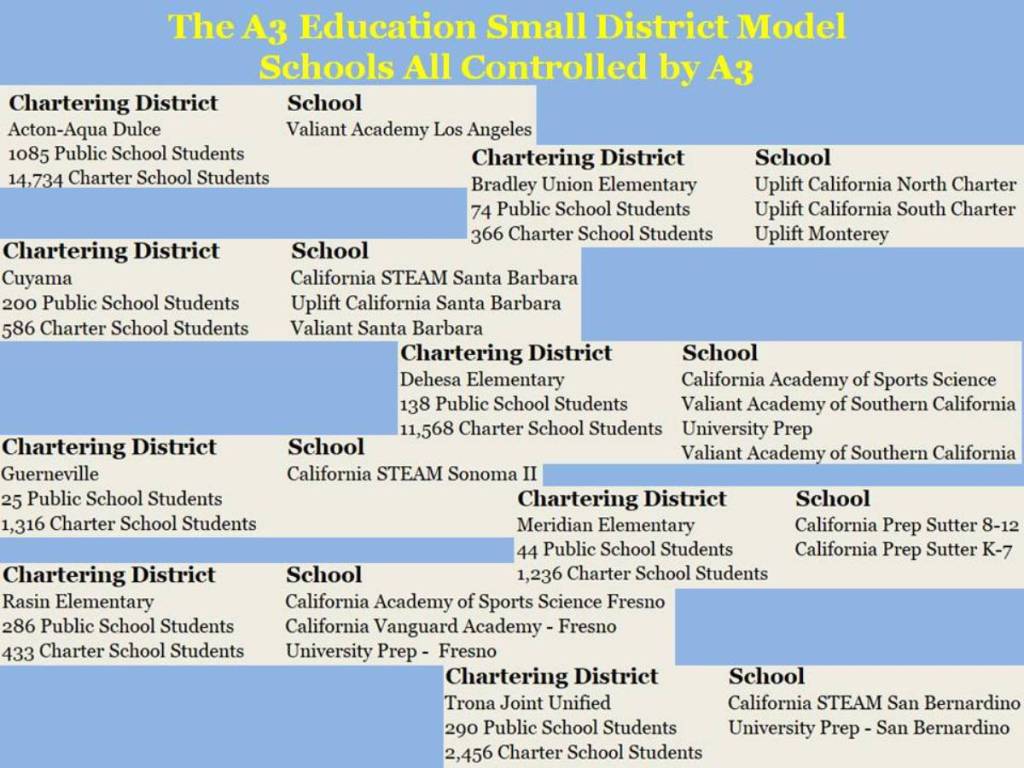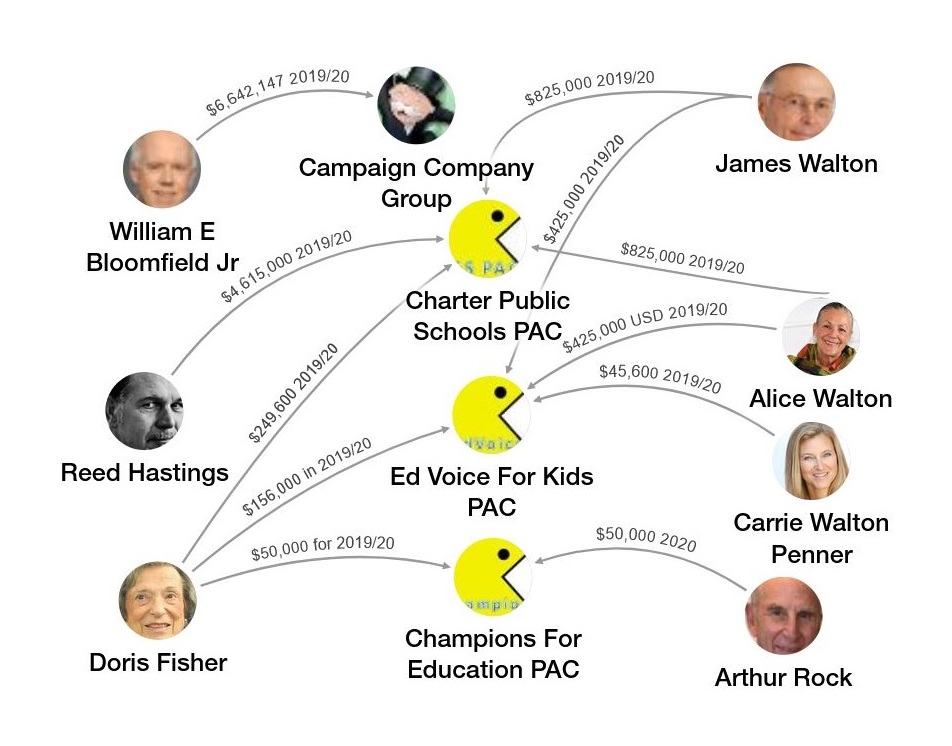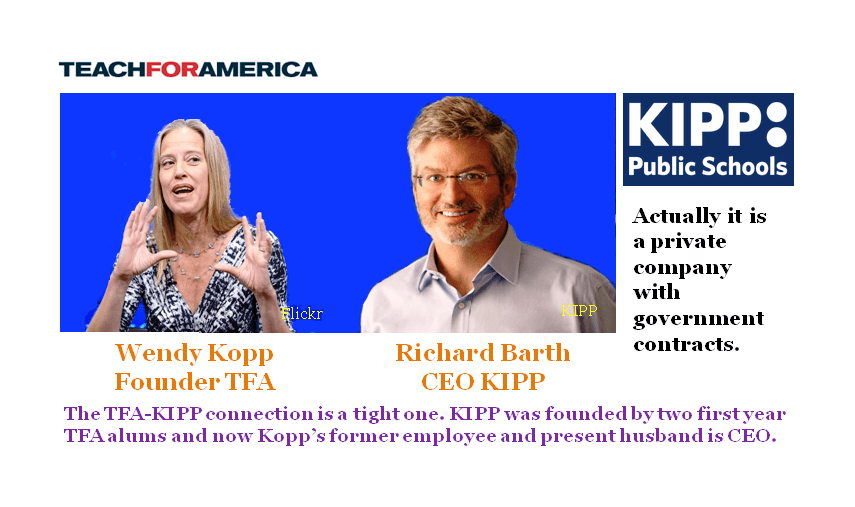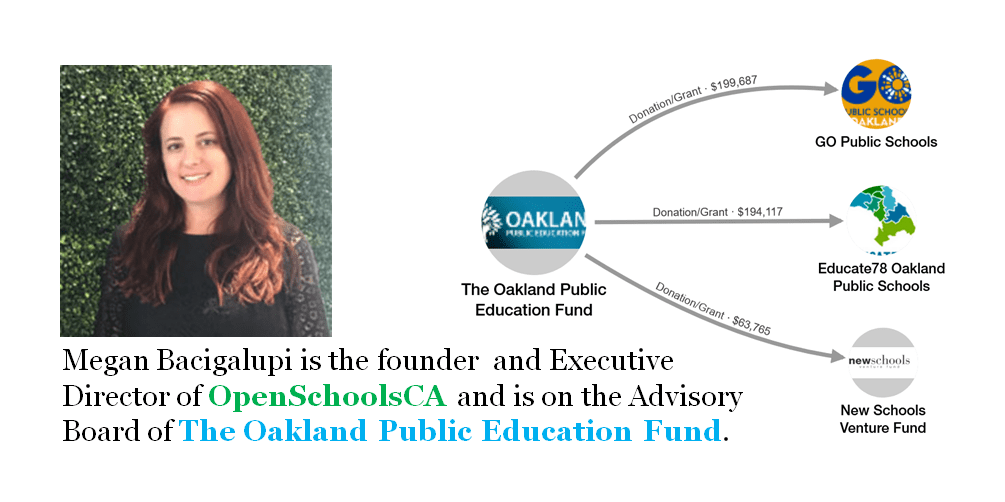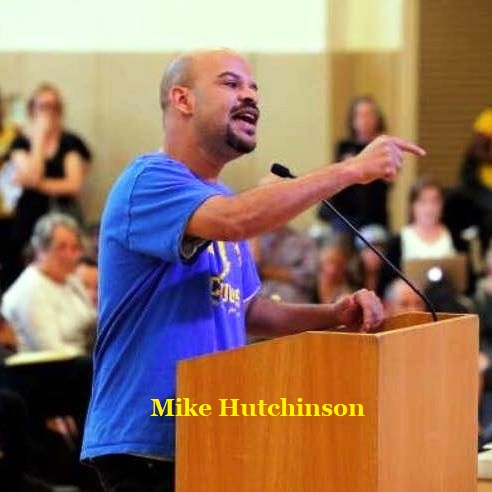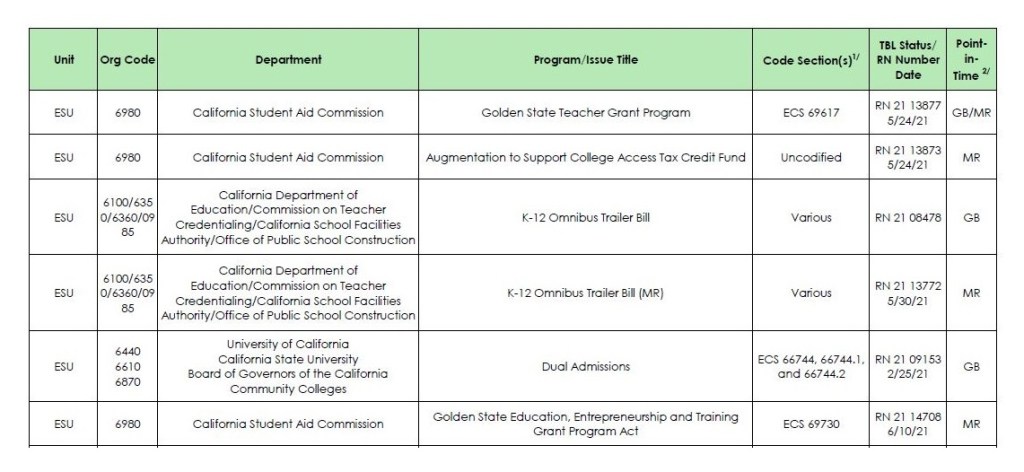By Thomas Ultican 9/12/2022
The bedrock of American Democracy is the school board. Many of America’s leading politicians began their career serving on a school board. This November 8th, half of the school board positions in San Diego County will be on the ballot. Here is a review of the candidates in our ten largest school districts and the County Office of Education. Recommendations are included.
School board seats are supposedly non-partisan contests; however the Republican and Democratic parties have made recommendations in many of the matches. The Republicans do a formal endorsement while the Democrats identify party members on the ballot. In this post both methods are treated as endorsements.
San Diego County Board of Education
Public school students 399,786 – Charter school students 81,316 – Percent charter 16.9%
In District-3 which includes most of the southern end of the county, incumbent Alicia Muñoz faces off against Marvin Attiq. The Democrats endorse Muñoz and the Republicans endorse Attiq.
Attiq appears to be a barber with no background in education. Muñoz has been on the board since 2014 and teaches English at Cuyamaca College. She has a master’s degree in English from San Francisco State University and a bachelor’s in comparative literature from UC Berkley.
Recommendation: Alicia Muñoz.
District-5 runs along the coast north from Del Mar to camp Pendleton. Incumbent Richard Shea has the endorsement of the Democrats and Emily Wichmann is endorsed by the Republicans. Shea worked as a special assistant to the county superintendent and was originally appointed to a vacant seat in 2015. In 2016, he was elected to the office. Shea previously served as head teacher for the Juvenile Court Schools.
Based on her posts on Facebook, it appears Wichmann tacitly supports the anti-LGBTQ attacks and her LinkedIn page indicates she supports standardized testing. She also joins the pro-choice agenda of many in the Republican Party. Although Wichmann does not have any formal training or experience in education, her 24 years on the Oceanside Unified school board vests her with on the job training.
Recommendation: Richard Shea
San Diego Unified School District (SDUSD)
Public school students 95,250 – Charter school students 19,217 – Percent charter 16.8%
Area B represents northeastern San Diego from Scripps Ranch to Normal Heights. SDUSD is one of the few districts to require a primary to earn a spot on the general election ballot.
Godwin Higa is perhaps San Diego’s foremost expert on trauma informed education. Documentary film maker Rita Grant made a 2017 short film about Higa and his work at Cherokee Point Elementary School. He has more than 30 years experience as an educator and administrator. Find Higa’s campaign web page here.
Shana Hazan is a young mother with two elementary school aged daughters attending SDUSD schools. Her campaign web site shares an impressive list of endorsements including the Democratic Party and the San Diego Union Tribune. According to her linked in page, after earning a master’s in education from Northwestern University, she taught elementary school for two years. One year was at a charter school and the other at a Chicago public school. Since returning to San Diego, she has spent the last 12 years working at Jewish Family Services.
The amount of money flowing into Hazan’s campaign is concerning. The $93,000 she has already reported dwarfs the sums raised by any other San Diego school board candidate. By comparison, Higa reported $5,685. It is not just the amount but who is contributing that is worrisome. Her campaign reports show $1,500 from Alan Bersin, $1,500 from Scott Peters, $1,500 from Irwin Jacobs, $1,500 from Joan Jacobs, $1,500 from Allison Price, $1,500 from Robert Price and $1,000 from David Wax. Clearly neoliberal money is pouring in.
Recommendation: Godwin Higa
In Area C, Rebecca Williams is the anti-mask and anti-vaccine mandates candidate endorsed by the Republican Party. She has teaching experience in charter schools. She and her husband founded Valor Education a charter management organization whose classic education is a conservative response to progressive values. Williams has reported the second most money of any county school board candidate, $65,839.
Cody Peterson is an anthropology lecturer at University of California San Diego and a well-known environmentalist. He grew up in La Jolla attending public schools there. The Voice of San Diego stated, “[His] history of involvement, his progressive politics and his support of, and membership in local unions led to a cascade of endorsements from Democratic officials and many of San Diego’s most robust unions, like the San Diego Education Association, which represents SDUSD’s teachers.”
Recommendation: Cody Peterson
Sweetwater Union High School District (SUHSD)
Public school students 36,557 – Charter school students 1,469 – Percent charter 3.9%
This election brings a big change for Sweetwater. For the first time since 2014, two incumbent board members are not running.
Area 1 covers National City and northwest Chula Vista. Trustee Arturo Solis is the incumbent running unopposed.
Area 3 includes Bonita and Eastlake. Marquetta Brown has a campaign facebook page and web page. Elva Lopez-Zapeda also has a web page and is a long time elementary school educator. Noem Abrego lists herself as a community volunteer. Rebekkah Naputi has no known education background but she is endorsed by the Republican Party. Michael Black is a personal injury attorney who shows no education experience or background. An insider believes that the Sweetwater Teachers Association will endorse Elva Lopez-Zapeda.
Recommendation: Elva Lopez-Zapeda
Area 5 represents Imperial Beach and south San Diego. Dante Garcia Pamintuan is a real estate agent who has been described as a MAGA Republican. He was a member of the Imperial Beach Chamber of Commerce board of directors in 2020. Marti Emerald is a well known investigative journalist and former San Diego city council member. She is endorsed by the Democratic Party. Neither Pamintuan nor Emerald has experience working with education.
Recommendation: Marti Emerald
Poway Unified School District (PUSD)
Public school students 35,192 – Charter school students 0 – Percent charter 0%
In the Northeast corner of Poway a battle is brewing for the Area B seat. Incumbent Ginger Couvrette was first elected to the board in 2018. She has the endorsement of the Republican Party and reports on her web page the support of Carl DeMaio and Joel Anderson.
Frida Brunzell holds a masters degree in chemical engineer. She is engaged with many Poway civic groups and is endorsed by the Democratic Party. Her campaign web page highlights the work she has done as a President of the Palomar Council PTA which oversees all of the PTA organizations in the district.
On Dave Nelson’s campaign web page, he makes clear the disdain he holds for present school board. He may be the MAGA candidate. Nelson states, “We parents have been taken over by mandates, CRT and Cancel Culture, which has devastating effects on our Schools and the Students’ ability to learn.”
Recommendation: Frida Brunzell
Area C is in north central Poway. Patrick Batten a former Marine and San Diego City council candidate is endorsed by the Republican Party and his web page lists several known Republican Politicians including Darrell Issa as supporters. Heather Plotzke is endorsed by the Democratic Party and her web page has a list Democratic Party groups that are supporting her. Neither Batten nor Plotzke list any experience in education. The third candidate Jason Bennett lists himself as a restaurateur and father. No other information is known about him.
Recommendation: Heather Plotzke
Area D is in south central Poway. The incumbent, Michelle O’Connor Ratcliff, teaches business law at the University of San Diego. Ratcliff, who has served on the PUSD board since 2014 and is endorsed by the Democratic Party. Janet Bremseth lists herself as a community volunteer. She is endorsed by the Republican Party. Bremseth has made no other information about herself available.
Recommendation: Michelle O’Connor Ratcliff.
Chula Vista Elementary School District (CVESD)
Public school students 22,188 – Charter school students 6,690 – Percent charter 23.2%
For Seat 1, incumbent Francisco Tamayo faces off against Jesse Vigil. Vigil is the former youth pastor at Eastlake Church and is presently director the San Diego branch of the charity Big Table. He is endorsed by the Republican Party.
Tamayo has been on the CVESD board since 2014. He worked in the SUHSD before transitioning to a position at the county board of education. He is endorsed by the Democratic Party.
Recommendation: Francisco Tamayo
Incumbent Leslie Bunker faces three challengers for Seat 3. She is both a former student and a 26 year teacher in CVESD. Serving since 2014, Bunker has the endorsement of the Democratic Party.
Delia Dominguez Cervantes lists herself as an education non-profit director. She is endorsed by the Republican Party. The other two candidates are blank slates. Eric Douglas lists himself as a retail manager and Jaqueline Gonzales says she is a parent and student advocate.
Recommendation: Leslie Bunker
Area 5 incumbent Cesar Fernandez also faces three challengers. Fernandez was appointed to the board in 2021. This will be his first election. His career in education includes more than 20-years teaching mathematics in SDUSD and SUHSD. He has a masters in curriculum and instruction and is endorsed by the Democratic Party.
Armando Farias is a former school board member. He currently works as director of human resources in the Coronado school district. He has a campaign web page here. John Borja is a former school teacher who recently ran for the Chula Vista city council. Keren Dominguez says she is an advocate, mother and educator. Other than her endorsement by the Republican Party little else is known about her.
Recommendation: Cesar Fernandez
San Marcos Unified School District (SMUSD)
Public school students 19,622 – Charter school students 113 – Percent charter 0.6%
Area C has 21-year high school councilor, Andres Ramos Martin, against a consultant at the nonprofit College Bound. She has a campaign web page. He has the endorsement of the Democratic Party.
Recommendation: Andres Ramos Martin
In Area E, incumbent board president Stacy Carlson is opposed by Associate Marriage and Family Therapist Sharyl Cavellier. Cavellier’s reference to Project Tomorrow’s 2021 Speakup survey indicates that she has been taken in by the billionaire financed education “reform” movement. Stacy Carlson left the banking and finance industry to start volunteering at SMUSD schools when her daughter was born 10 years ago. She has been on the board since 2014 and is endorsed by the Democratic Party.
Recommendation: Stacy Carlson
Vista Unified School District (VUSD)
Public school students 19,527 – Charter school students 2,565 – Percent charter 11.6%
Debbie Morton is the incumbent trustee for Area 2 which is on the east side of the district. Before being elected to the board in 2018 she taught school for 24 years. Her campaign web page is here.
Carla Rivera-Cruz was just named Director of Alumni and Network engagement by Latinos for Education. This is an organization financed by the Walton Family Foundation, the Chan-Zuckerberg Initiative and the NewSchools Venture Fund none of which are friends of public education.
Rena Marrocco is endorsed by the Democratic Party. She seems to be engaged in at least one local civic organization but not much is known about her background for the position.
Recommendation: Debbie Morton
In Area 3 on the west side of the district, incumbent Martha Alvarado is matched up against Jen Telles. Alvarado who is a military veteran and a bilingual educator was first elected to the board in 2018. She has the endorsement of the Democratic Party. Telles is endorsed by the Republican Party. This former accountant states on her campaign web page, “When my own children came along, I homeschooled for a period of time.”
Recommendation: Martha Alvarado
Grossmont Union High School District (GUHSD)
Public school students 17,108 – Charter school students 4,966 – Percent charter 22.6%
Gary Woods, the incumbent in Area 3, taught online graduate courses at Liberty University and serves as executive director of the Equip Biblical Institute. He has been on the school board since 2008. Woods has the Republican Party’s endorsement.
Wood’s opponents Gabriel Lawson and Jo Hart Lloyd are both Community College educators. Lawson teaches psychology at Grossmont College and Lloyd is a councilor at San Diego City College. She is endorsed by the Democratic Party.
Recommendation: Jo Hart Lloyd
Jeanie Tyler is challenging Robert Shield the incumbent in Area 4. In a 2010 article about Shields campaign for re-election, East County Magazine reported, “Board trustee Shield, a middle school teacher, is endorsed by the San Diego Republican Party, California Pro-Life-Council, San Diego Union-Tribune ….” He still has the Republican Party endorsement.
Tyler is the Dean of Behavioral Science at San Diego City College. She is endorsed by the Democratic Party.
Recommendation: Jeanie Tyler
Area 5 incumbent, Jim Kelly, has been on the Grossmont board since at least 2006. Kelly is known to be a political brawler who has been accused of lying at times but his east county constituents keep putting him back on the board and the Republican Party keeps endorsing him.
Teacher Nancy Jennings has been endorsed by the Democratic Party for this seat. Terry Kohlenberg is also in the running in Area 5. He teaches communications and San Diego City College.
Recommendation: Terry Kohlenberg
Oceanside Unified School District (OUSD)
Public school students 16,261 – Charter school students 2,410 – Percent charter 12.9%
Area 1 candidate Allison Mineau is endorsed by the Republican Party. Her campaign treasure is Briana Beleskie from Brian Billbray’s organization in Imperial Beach. On her Facebook page, she shares what an honor it was to be a speaker at a North County Patriots event. Her opponent is VUSD councilor Nancy Licona who is endorsed by the Oceanside Teachers Association and the Democratic Party.
Recommendation: Nancy Licona
In Area 3, Incumbent Stacy Begin is running unopposed.
In Area 4, Raquel (Rockie) Alvarez, the incumbent, works at Amador repair services and has been engaged in education studies at Grand Canyon University since 2019. Her opponent Tigran Ghukasyan is a bit of an enigma. The county lists him as on the ballot but none of his filing paperwork appears under a search by name or jurisdiction. He is listed as a being endorsed along with Alvarez by the Democratic Party.
Recommendation: Raquel Alvarez
Escondido Union High School District (EUHSD)
Public school students 7,166 – Charter school students 2,292 – Percent charter 24.2%
Bob Weller is facing Mickey E. Jackson for the vacated seat in Area 1. Retired industrial mechanic Mickey Jackson has the endorsement of the Democratic Party. However the Democrats incorrectly endorsed him for Area 2. Home mortgage strategist Bob Weller has the endorsement of all five sitting board members.
Recommendation: Bob Weller
Area 2 incumbent Bill Durney is running unopposed.
Area 5 has Katheryn McCarthy challenging incumbent Jon Petersen. Registered nurse McCarthy has a doctorate in nursing and teaches at USD. She is endorsed by the Democratic Party. Petersen is proud of his accomplishments in advancing career and technical education while on the board. He is endorsed by the Republican Party.
Recommendation: Jon Petersen
San Dieguito Union High School District (SDUHSD)
Public school students 12,704 – Charter school students 0 – Percent charter 0%
MAGA Mike Allman’s 2020 election to the SDUHSD board brought continuous turmoil and divisiveness. His outrageous agendas like creating a gerrymandered map to eliminate board members he didn’t like were passed because the other conservatives on the board felt obligated to support him. When Mo Muir withdrew her name as an Area 1 candidate on August 12, MAGA Mike desperately sprung into action recruiting like minded David Carattini to run for the open seat. The former Cost-Co manager who has no experience or training in education signed up for the position on August 17th the last possible day. He immediately got endorsed by the Republican Party.
The other candidate for Area 1 is Rimga Viskanta. She is a former board member of the elementary school district in Encinitas and is endorsed by the Democratic Party.
Recommendation: Rimga Viskanta
In Area 3, this is the second go around for Jane Lea Smith the candidate supported by the Democratic Party. In 2020, Mike Allman defeated her by 326 votes for a seat on the board. Smith has a masters degree in special education and 16 years of experience as a teacher and school administrator. Property manager Sheila King has the support of the Republican Party. Daniel Hale lists himself as a software engineer. Neither is known to have an experience in education.
Recommendation: Jane Lea Smith
In Area 5 at the south end of the district, incumbent Julie Bronstein has 2 challengers, Georgia Ringler and Phan Anderson. Bronstein won the seat in a 2021 special election following Kristin Gibson’s resignation from the board. Her campaign page notes that professionally she is Managing Executive Director of Development in Health Sciences at UC San Diego. She is supported by the Democratic Party.
Georgia Ringler who list herself as parent seems to be the same person who sued her former employer, Scripp Research, for ignoring her religious objection to mandated COVID-19 vaccinations. Phan Anderson says she is a software engineer and parent. Anderson’s economic interest statement (form 700) indicates she is quite wealthy. Anderson has the endorsement of the Republican Party.
Recommendation: Julie Bronstein
Tags: Charter schools, Mike Allman, Public education, Public Schools, School Board Elections, testing

